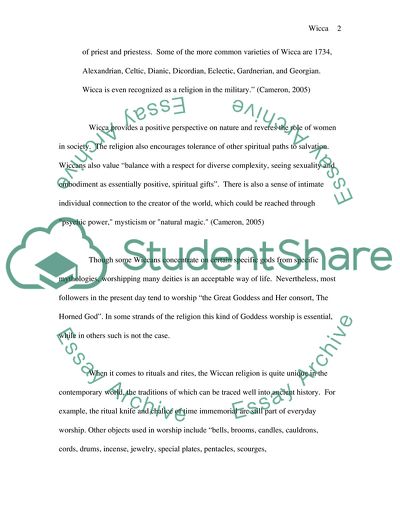Cite this document
(A Broad Religious Faith System Case Study Example | Topics and Well Written Essays - 2000 words, n.d.)
A Broad Religious Faith System Case Study Example | Topics and Well Written Essays - 2000 words. https://studentshare.org/religion-and-theology/1711200-world-religions
A Broad Religious Faith System Case Study Example | Topics and Well Written Essays - 2000 words. https://studentshare.org/religion-and-theology/1711200-world-religions
(A Broad Religious Faith System Case Study Example | Topics and Well Written Essays - 2000 Words)
A Broad Religious Faith System Case Study Example | Topics and Well Written Essays - 2000 Words. https://studentshare.org/religion-and-theology/1711200-world-religions.
A Broad Religious Faith System Case Study Example | Topics and Well Written Essays - 2000 Words. https://studentshare.org/religion-and-theology/1711200-world-religions.
“A Broad Religious Faith System Case Study Example | Topics and Well Written Essays - 2000 Words”. https://studentshare.org/religion-and-theology/1711200-world-religions.


